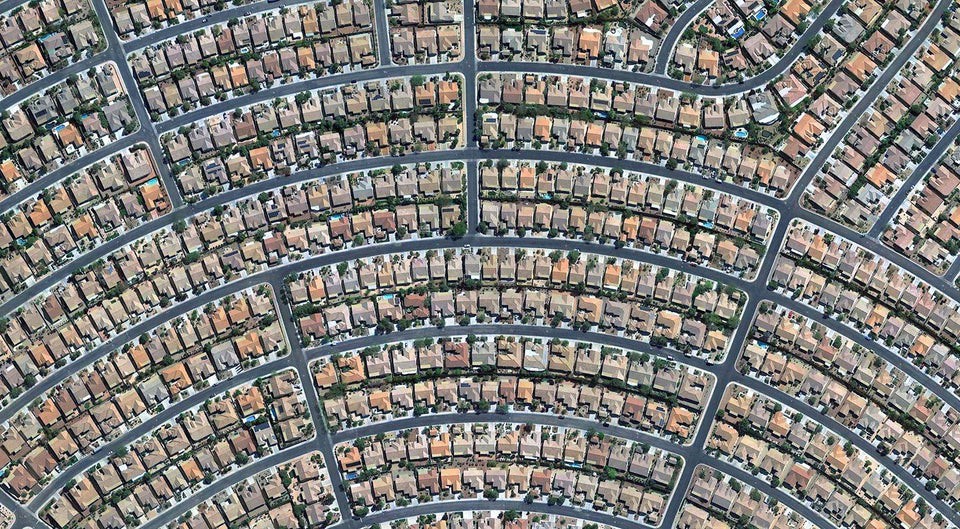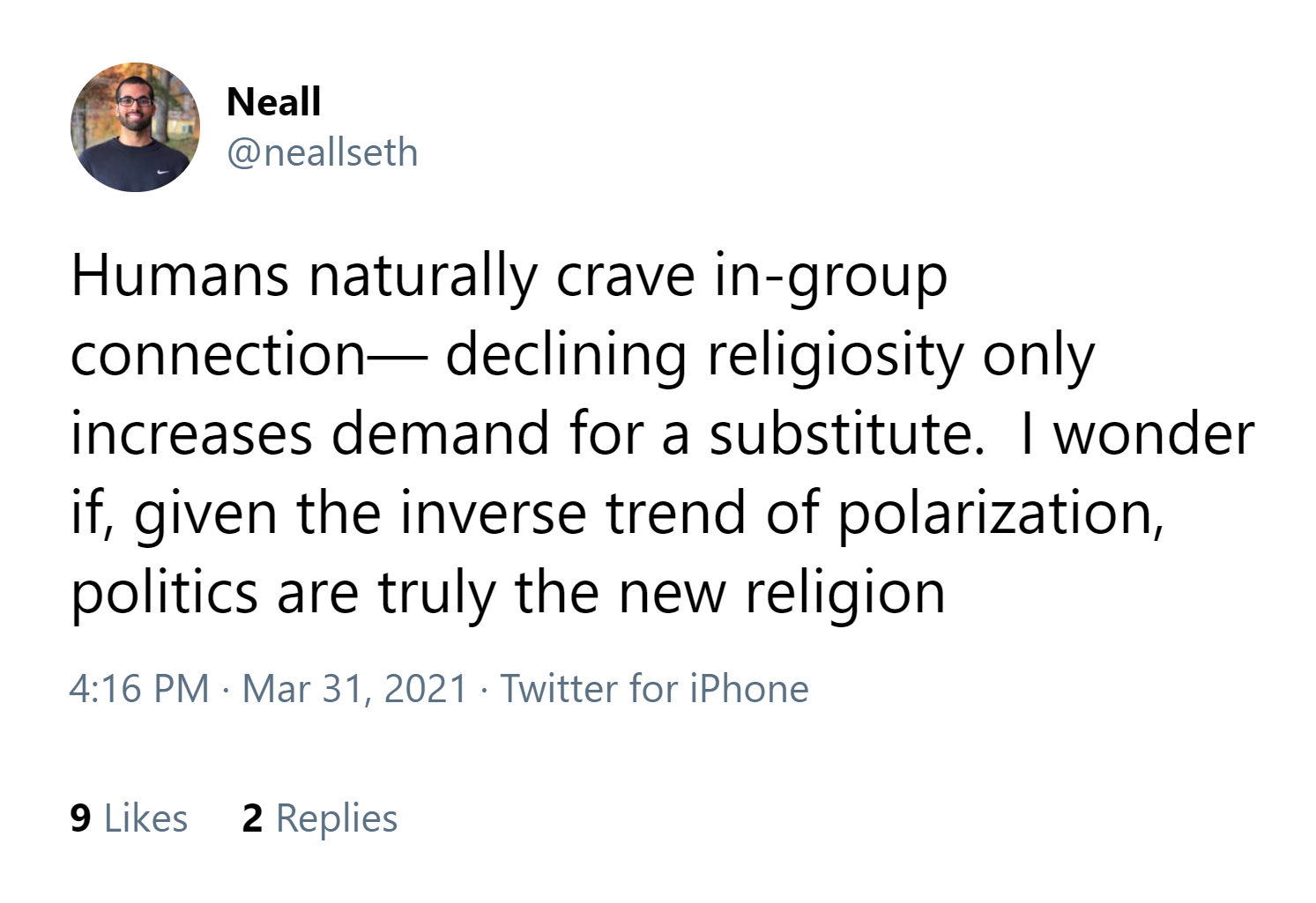Community & Connection
Over the years, I've found a strong predictor of my general happiness to be the quality and stability of my personal relationships at any given time. This has produced countless hours of consideration: why do relationships have such material impact on my life? What sort of lifestyle would be ideal for my social health? What might society look like, when optimized for human connection?
As with most questions regarding human nature, it’s useful to begin by examining the relevant evolutionary pressures placed upon our species. Just as a river stone is shaped by the flow of its containing river, our biological traits are forged by our immediate environment, and persist long after the disappearance of their formative pressures. For this reason, answers to our lives' modern questions are often found in our ancestors' world.
For most of human history, lacking a dependable social network had fatal implications. Success in acquiring food, child rearing, and protection from danger were all largely determined by an individual's acceptance in a social group – or tribe. Those with behavioral traits favoring sociability and cooperation, therefore, saw significantly higher odds of reproduction. It comes as no surprise that for much of history, our ancestors lived in large groups – frequently offering 30-50 close relationships, and nearly 100 of a more casual variety.
In the West, the past several hundred years have seen gradually declining interdependence between neighbors – initially making way for the primacy of religion, rather than co-location, as our most stable source of community1. Subsequent declines in religiosity, coupled with current trends in independent and small-group habitation leave the modern urbanite without the reliable communities of their ancestors. This is further exacerbated in car-dependent suburbia which, compared to life in a village, offers remarkably little opportunity for organic social interaction. Instead of living in autonomous communities, we largely live as autonomous individuals.

These changes seem to represent a deterioration of our shared social fabric – the costs of which are most apparent in individual ailments – perhaps best exemplified by the 'Loneliness Epidemic.' Further downstream, polarization and crime appear partially attributable to this shift2, and imply a much broader scope of impact.

The causal nature of this relationship is all but tenuous – it has largely been confirmed that loneliness is an expected outcome in the absence of in-group connection with others, even in cases of seemingly normal levels of social contact. One particularly extensive study, the longitudinal Harvard Study of Adult Development, also presents interpersonal connection as one of the strongest determinants for an individual's happiness. The implication is troubling: if over half of Americans are lacking in a key predictor for happiness, they become increasingly susceptible to the numerous health conditions associated with its absence. Loneliness and depression become nearly expected comorbidities when one is deprived of meaningful connection.
Are we, as humans, living in ways that are too dissimilar to our "natural" social environment? Perhaps we need a church for the non-religious. A university campus for the non-academic. A modern village for the information age. An opportunity for congregation around shared ethos, that provides collective membership identity, purpose for co-location, and ultimately offers an ongoing source of community.
We live in an era seemingly defined by hyper-optimization around our personal needs. That the various problems associated with human communities haven't been materially addressed represents either a cultural disconnect, or a market failure. Fortunately, there are a variety of notable ideas and recent developments worth exploring.
Within urban planning, 15-minute neighborhoods are a promising alternative to our now-ubiquitous urban sprawl. As the name suggests, this is a neighborhood wherein inhabitants' primary needs can be met within a 15 minute walk. In addition to its convenience-related benefits, walkability also creates opportunity for casual collisions – the serendipitous, brief interactions that nonetheless constitute meaningful connection (e.g., bumping into a friend on the street)3.
Within housing development, some of the largest incoming changes involve the creation of community-oriented residential spaces. Specifically, this includes two growing forms of intentional communities: co-living amongst young people and co-housing with families.
Despite ongoing debate regarding the vitality of virtual communities, it's likely we've only just scratched the surface of possibility – evidenced by the sheer novelty of creations year after year. Virtual communities, after all, are subject only to human imagination and the ever-receding constraints of technology. Prominent ideas in this realm span from AR/VR, to audio-only social networks, to cities and countries in the cloud.
Perhaps the highest-value elements of any community, physical or virtual, are its third places – common spaces for casual gatherings and socialization. An effective third place promotes the creation of new relationships, in addition to the growth of those already existing. Rhythms of activity in third places constitute the heartbeat of a community – steadily delivering fresh oxygen throughout. That a community is only as strong as its most vibrant third place makes their improvement a mainstay priority, and their effective execution a likely hallmark of the strongest communities of our future.
I am now fairly certain of three things:
- Latent demand for community is exceptionally high.
- Promising trends in both cultural awareness and supply-side innovation indicate the next few decades will bring significant change to the western experience of community.
- As in our past, the strongest communities of our future will be those that offer:
- Low barriers to social interaction (third places)
- Mutually beneficial creation of value (opt-in interdependence)
- Shared identity and sense of meaning (tribe & drive)
While the current state is less than ideal, I’m optimistic about what the coming years will bring. As someone personally invested in this domain, I plan to continue building toward a fitting future of human community. I will have company – the very same market forces consistently driving progress in countless other domains of life, I am certain, will inevitably work to improve our condition as it relates to community and connection.
We have much to look forward to.
Footnotes
-
I suspect the higher self-reported happiness in religious groups is likely due in part to the benefits of community membership. ↩
-
I can’t help but wonder if the trend of increasing political polarization is reactionary in nature – partially a result of this deprivation of community, causing people to feel increasingly eager to, in substitute, bind their identities with the adhesive of partisanship. I trust that some day, we will connect first and foremost over our shared humanity. ↩
-
Even those with strong core networks stand to gain from more casual relationships. According to a University of British Columbia study, "weak ties" contribute greatly our sense of well-being. Fleeting and emotionally insubstantial interactions, like waving to a neighbor, or catching up in the office hallway, nonetheless represent meaningful connection. ↩
